TSH (The Student Hotel) has been developing a co-living and coworking offering for more than a decade. Founded in The Netherlands by Charlie McGregor, a Scot born in Edinburgh, TSH operates 10 locations in various cities in Europe, among which Rotterdam, Amsterdam, The Hague, Eindhoven, Paris or Barcelona. TSH plans to open up a total of 40 locations in European cities by 2021. Florence, Dresden, Bologna, Madrid, Berlin, Rome, Vienna or Toulouse are in the pipe.
Hi Charlie, can you introduce yourself and tell us about how The Student Hotel started?

Charlie McGregor
My father built the first purpose-built student rooms in Edinburgh, where I grew up. At 25 I bought a small student accommodation company and sold it 10 years later when I moved from London to Amsterdam and started The Student Hotel. The first Student Hotel project was completed just as the full implications of the global financial crisis unfolded. But we pressed on.
You offer many different perks within all your locations, going from hotel services, gym, food, up to coworking spaces (TSH Collab). Do you operate everything yourself ?
We operate the accommodation and coworking ourselves. In some we also operate The Commons – our restaurants and bar brand; in other places we work in collaboration with local companies. In Florence, for example, we partner with local restaurant, La Menagere and at TSH Campus in Barcelona the partnership is with Grupo Raval. At TSH Amsterdam City we have an Olympic length (50m) pool and crossfit Vondelgym run by local celebrity athletes.
Is TSH a student only place, as the name indicates it?
TSH is much more than student accommodation. We have students staying for a term or a year, but we also have hotel and co-living guests. That’s just on the accommodation side. Then there’s the local startups and entrepreneurs in our Collab coworking spaces, classrooms and auditorium. All our hotels are open to the local community who come to enjoy the restaurants, bars and super fast, free wifi in the communal spaces and we actively encourage this mix. We want people make connections they may not find somewhere else.
Why having a specific coworking offering on top of your other services makes sense?
There was a demand. Guests and the local community needed coworking space. TSH Collab was created to answer that need – a step up from working on a laptop in the lounge or bar. The upward trend of entrepreneurs, startups, freelance workers, and digital nomads is growing fast. With TSH Collab we can offer everything under one roof.

TSH Collab
The benefits are that all our guests – whether they are studying, staying in the hotel, or working – have a place to connect with each other. It creates a dynamic vibe that enables people to get things done.
In addition, parents, friends and family need somewhere to stay when they visit our student guests, they need somewhere to eat and socialise. Our co-living guests need somewhere to meet and work. We are continually asking ourselves what future guests will need and add services that make sense. We call it the Complete Connected Community.
Are the co-living ‘guests’, in majority, the users of all the other different services?
TSH is open and inclusive. You don’t have to be a guest to eat or drink here. You don’t have to be a TSH Collab member to stay or use the communal spaces. We have an amazing mix and are happy that people can take advantage of the things they want to use. We are a Complete Connected Community. That runs through everything we do – the community feeling is central to both co-living and coworking at TSH.
Guests and the local community needed coworking space. TSH Collab was created to answer that need – a step up from working on a laptop in the lounge or bar.
How do you position yourself as opposed to other workspace operators?
TSH employs a Connector in each location and that person plays a crucial role in all The Student Hotels, ensuring that our guests and community members have the possibility to truly connect during their stay and before or after via our digital- and social channels. The Connector position is the glue that holds together our co-living, coworking, co-dining communities. The TSH Connector is more than just the leader of our fun squad. A true connector turns our mishmash of hotel guests and coworking professionals into a cohesive community of both students and students-at-heart. The Connector position is the glue that holds together our co-living, coworking, co-dining communities. He/she encourages people to meet and inspire each other by events and programming based on the four brand themes of The Student Hotel: Social&Cultural, Health&Sports, Learning, and Career&Entrepreneurship. The Connector is the open door for everyone who likes to join our community because they are the most connected person in our buildings.
A true connector turns our mishmash of hotel guests and coworking professionals into a cohesive community of both students and students-at-heart.
You don’t introduce yourself so much as just an accommodation provider, and focus more on the co-living side. What is the difference between the two concepts?
Our student guests can stay for a term to a year as part of their international studies. Co-living guests are usually with us for a couple of weeks to a few months; digital nomads, freelancers or contractors who find themselves in a new city for work. Hotel guests usually stay from a night or two or a week. The co-living element comes from the community feel – we don’t differentiate, we don’t separate. Everyone gets to live side by side, use the same facilities, regardless of how long they are with us.
The co-living element comes from the community feel – we don’t differentiate, we don’t separate.
By 2020, you expect partnerships with 1.500 universities. Do you position yourself as the solution provider to move away from the “student housing crisis” that some campus face, with innovative models?
The world of higher education and training is subject to massive changes: rising international student mobility; transnational campuses, online learning, summer schools and life-long learning have dramatically altered the demand for accommodation. We see a growing demand for short-term and flexibility coupled with a sense community and shared values and purpose. It was a void between hotels and student dorms that TSH is filling with its variety of coliving arrangements. In that sense we are complimentary to the current offering. 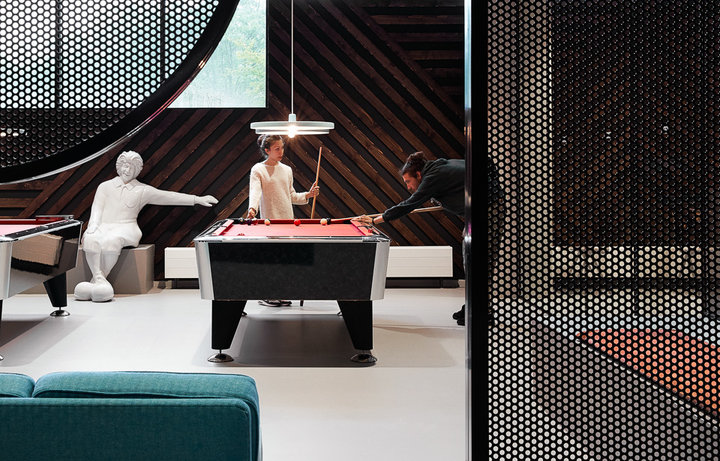
It was a void between hotels and student dorms that TSH is filling with its variety of coliving arrangements.
Based on your experience, should the coworking industry take its inspiration from the accommodation and hospitality industries?
We should take our inspiration from everywhere; the reason CO applies now to living and working shows a growing space of new opportunities. Hospitality teaches us the importance of service. Accommodation, the importance of a home and a sense of community. At the current architecture biennale in Venice the Dutch pavilion is dedicated to Work and it underlines that since Yoko Ono and John Lennon demonstrated for peace in bed we have started using the bedroom as a space to work. We constantly see new opportunities to improve our concept and operational model; new technology enables us to connect and stay in touch with our growing customer base while the way our customers study, travel, sleep and work is changing year on year. We see more and more barriers between hotels, office space, restaurants and residences being broken down. That is why is say we are – also operationally – a Complete Connected Community. Hybrids like The Student Hotel will become the norm as we are satisfying more needs than just a place to work or a roof over your head.
Since Yoko Ono and John Lennon demonstrated for peace in bed we have started using the bedroom as a space to work.
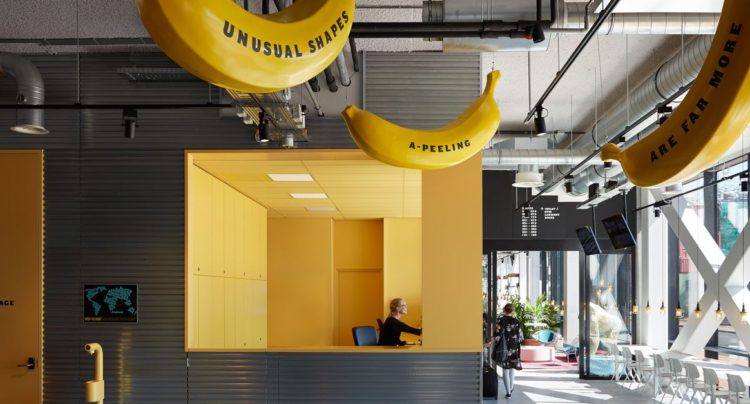

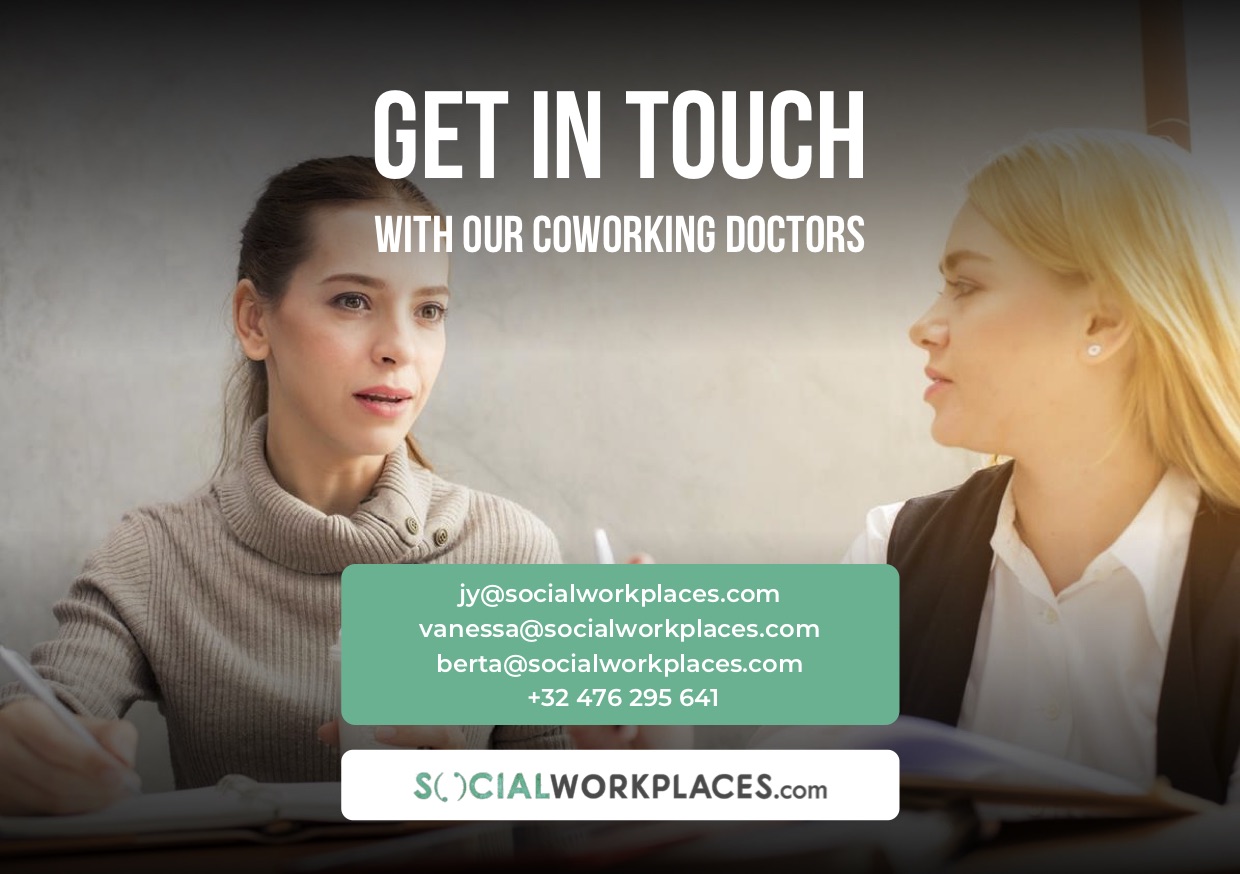




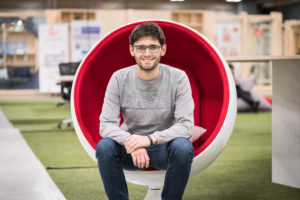
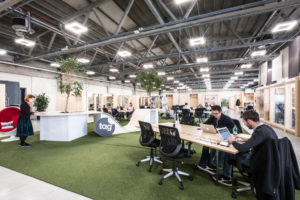 We believe and invest a lot in the growth our Innovation School, which today accounts for 25% of turnover along with coworking (50%) and events. And it is exponentially growing: in 2017 we trained 500 students, 1,000 children, 2,300 professionals and involved over 70 companies in its programs.
We believe and invest a lot in the growth our Innovation School, which today accounts for 25% of turnover along with coworking (50%) and events. And it is exponentially growing: in 2017 we trained 500 students, 1,000 children, 2,300 professionals and involved over 70 companies in its programs. We also believe in lifelong learning and change management within individual companies. Today 70% of corporate learning happens at work thanks to on-the-job learning and relationships between colleagues, 20% through coaching and networking and the remaining 10% through traditional training activities, and yet this is where companies devote 80% of their training budget. For this reason, we offer an innovative training methodology, putting people at the center of the learning process based on cross-pollination and co-creation, to make sure that the expenditure in training gives results in proportion to the investment made.
We also believe in lifelong learning and change management within individual companies. Today 70% of corporate learning happens at work thanks to on-the-job learning and relationships between colleagues, 20% through coaching and networking and the remaining 10% through traditional training activities, and yet this is where companies devote 80% of their training budget. For this reason, we offer an innovative training methodology, putting people at the center of the learning process based on cross-pollination and co-creation, to make sure that the expenditure in training gives results in proportion to the investment made.
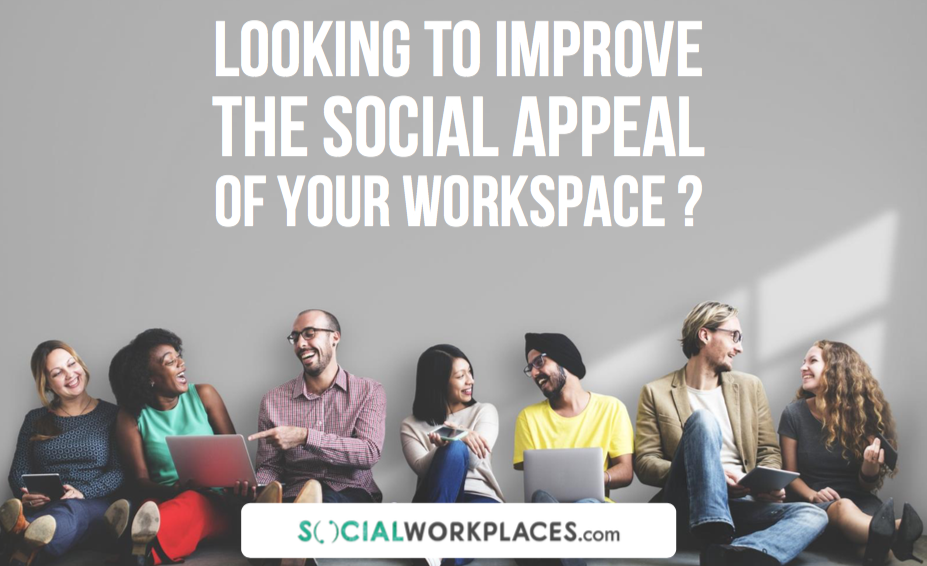
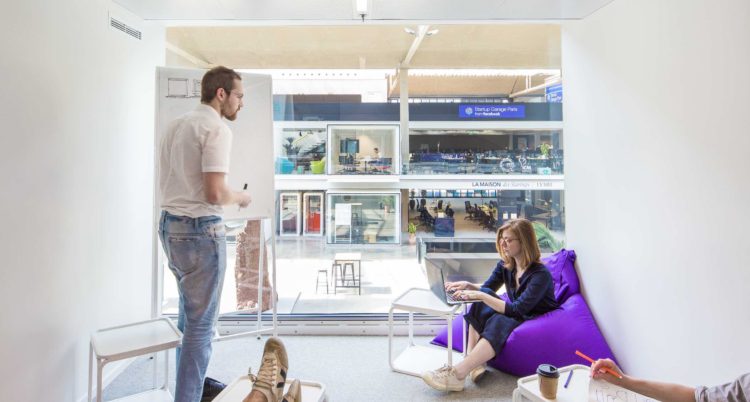




Recent Comments